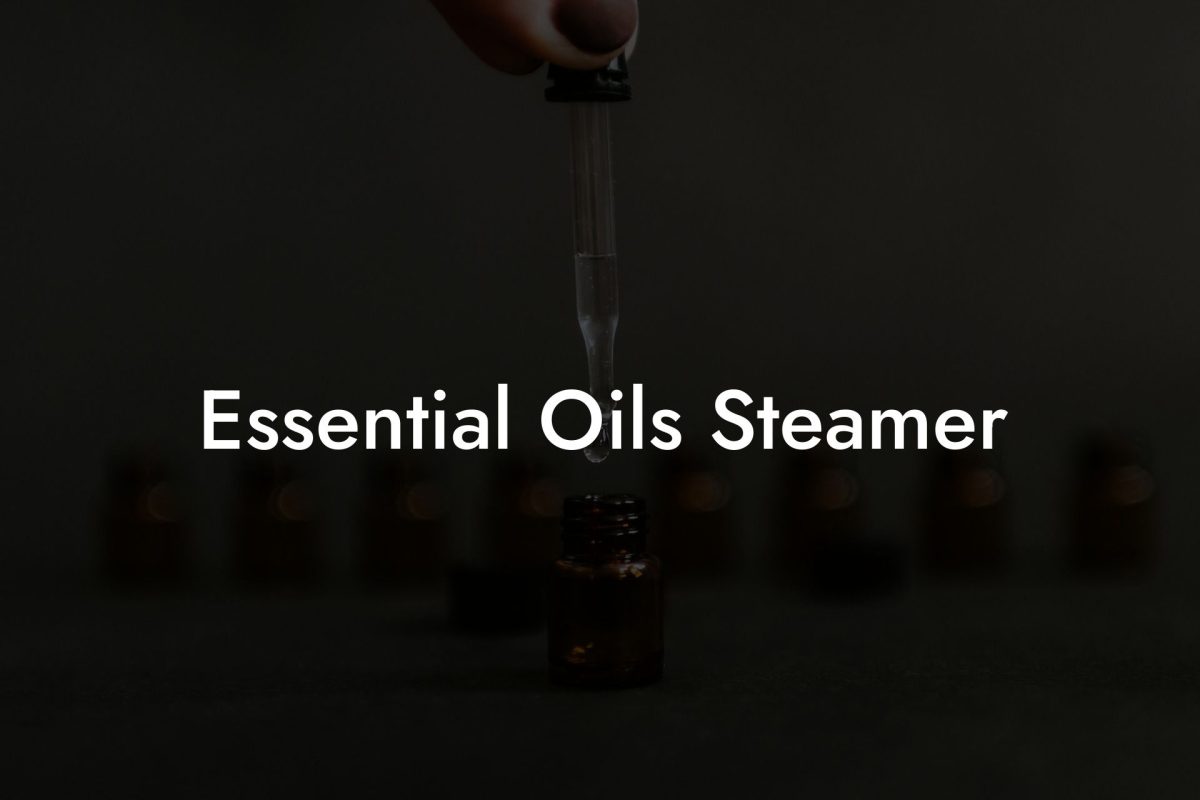Discover the power of essential oils and their potential impact on blood pressure. In this comprehensive guide, we’ll explore where to apply essential oils to reap the benefits for your circulatory health and take you on a journey of both safety and effectiveness.
Table of Contents
An Overview of Essential Oils and Blood Pressure
Essential oils have been used for thousands of years for various health concerns, and managing blood pressure is no different. Some essential oils are believed to have properties that can help improve circulation, promote relaxation, and reduce stress which contribute positively to balancing blood pressure.
Essential Oils for Blood Pressure
Some of the most common essential oils used for maintaining healthy blood pressure are:
- Lavender
- Ylang-ylang
- Bergamot
- Clary sage
- Frankincense
- Marjoram
- Rose
- Eucalyptus
These oils are known for their calming, soothing, and anti-inflammatory properties, which can be helpful in managing blood pressure.
Applying Essential Oils for Blood Pressure
Before applying any essential oils to your skin, it’s essential to dilute them with a carrier oil. This reduces the risk of skin irritation or reaction. When it comes to applying essential oils for blood pressure, there are several spots to choose from for optimal results.
Pulse Points
Pulse points, such as wrists, temples, and the back of the neck, are excellent spots to apply essential oils. Massaging these areas allows the oils to absorb quickly into your bloodstream and rapidly diffuse throughout your body, letting you experience the therapeutic benefits faster.
Soles of the Feet
The soles of your feet have larger pores, making absorption of essential oils faster and more efficient. This is also an ideal area for people with sensitive skin, as the skin on the feet is generally less reactive. Rub a few drops of your chosen essential oil and carrier oil blend onto the soles of your feet and pair it with a relaxing foot massage.
Chest
Massaging essential oils onto your chest not only helps with quick absorption but also allows you to inhale the relaxing aroma as you breathe. This can provide a calming and soothing effect on your mind and body, further aiding in blood pressure management.
Where To Apply Essential Oils For Blood Pressure Example:
For example, let’s say you’d like to use lavender essential oil with a carrier oil, such as jojoba or almond oil, in a 1:1 ratio for blood pressure management. Here’s how to do it:
1. Place 1 to 2 drops of lavender essential oil in a mixing cup or small bowl.
2. Add 1 to 2 drops of jojoba or almond oil to the mixing cup or bowl.
3. Stir the mixture well with a wooden or glass stirrer.
4. Gently apply the mixture to your pulse points (wrists, temples, and the back of the neck).
5. Alternatively, you can rub the oil mixture on the soles of your feet, focusing on the arches, for a relaxing foot massage.
6. Repeat this process once or twice daily, or as needed, for maximum benefits.
Now, you’re well-equipped with the knowledge on where to apply essential oils for blood pressure management. Make sure you always dilute the oil, follow the recommended application, and consult with a healthcare professional in case you have any doubts. If you enjoyed learning about essential oils and how they might help you maintain a balanced blood pressure, don’t hesitate to share this article with friends and family.
To explore more in-depth guides on essential oils and aromacology, check out our blog at Oshu Oils. As you incorporate these natural remedies into your routine, be sure to browse our carefully crafted range of Artisan Essential Earth Oils, designed to enhance your overall wellbeing.





















